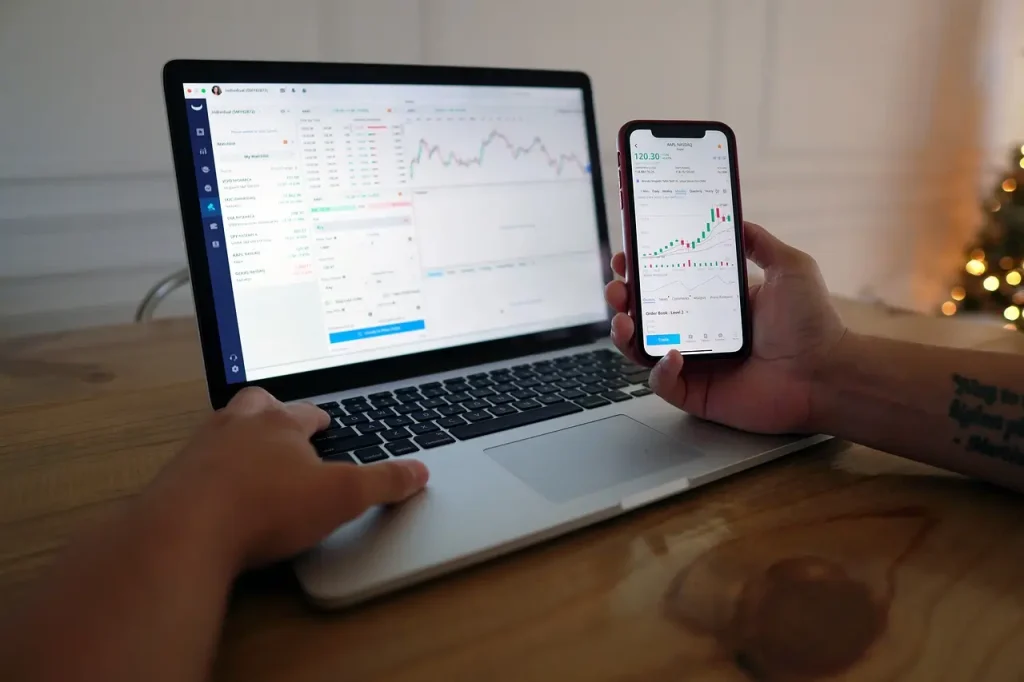The Stochastic Oscillator is a momentum indicator that helps forex traders identify overbought and oversold conditions, as well as trend reversals. In this guide, we’ll explore how the Stochastic Oscillator works, its advantages, and the best trading strategies to use it effectively.
The Stochastic Oscillator is a momentum-based indicator developed by George Lane that compares a currency pair’s closing price to its price range over a specified period. It ranges between 0 and 100, identifying overbought and oversold conditions.
The Stochastic Oscillator is calculated using the following formula:
%K = [(Current Close – Lowest Low) / (Highest High – Lowest Low)] × 100
Where:
Traders use Stochastic Oscillator levels to identify potential reversal points:
Trading Tip: This strategy works best in ranging markets, where price oscillates between support and resistance.
When the %K line crosses the %D line, it generates a trade signal:
Divergence between price and the Stochastic Oscillator can indicate a trend reversal:
Pairing the Stochastic Oscillator with a moving average (e.g., 50 EMA) can help confirm signals:
✅ Pros:
❌ Cons:
The Stochastic Oscillator is a powerful momentum indicator that helps traders identify overbought/oversold conditions, trend reversals, and momentum shifts. When combined with other technical tools, the Stochastic Oscillator enhances trade accuracy and decision-making.
Join thousands of traders who trust VantoFX as their top trading provider. Experience the difference – trade with the best.
Don’t know which account will be best for you? Contact us.

Trading over-the-counter derivatives involves leverage and carries significant risk to your capital. These instruments are not appropriate for all investors and could result in losses exceeding your original investment. You do not possess ownership or rights to the underlying assets. Always ensure you are trading with funds you can afford to lose.